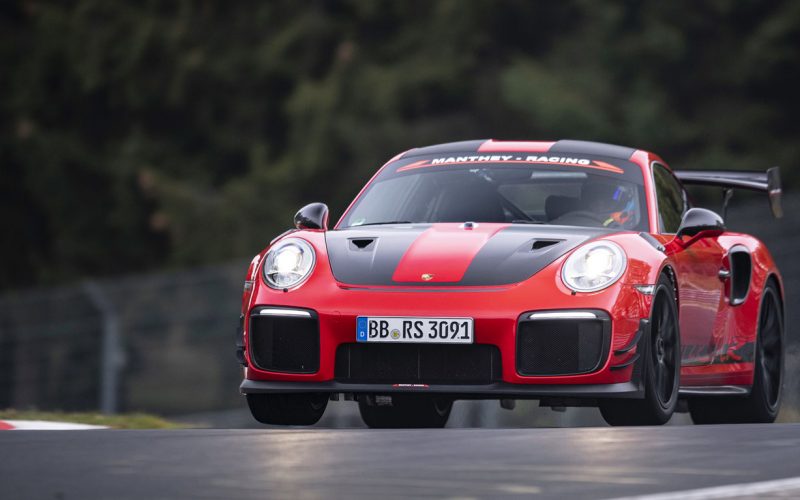
Reading Time: 4 minutesThis isn’t the first time a street-legal Porsche broke a lap record on the famed Nürburgring-Norschleife,
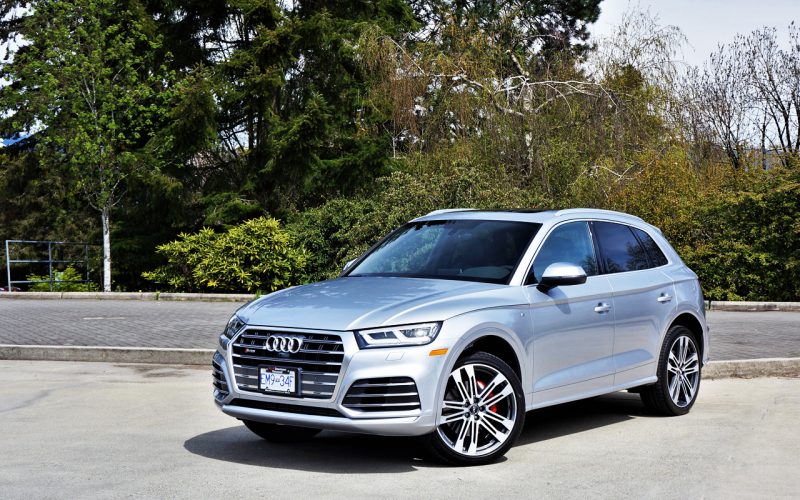
Reading Time: 12 minutesThe more popular SUVs continue to become, the more likely we’ll be seeing ever varying adaptations
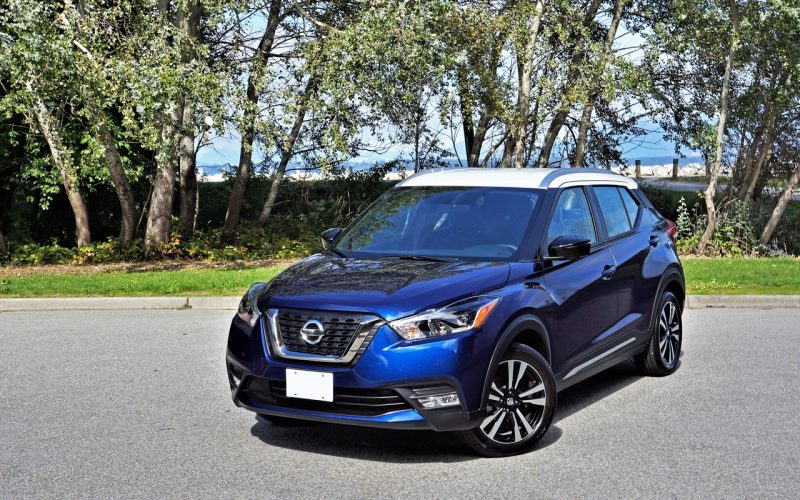
Reading Time: 8 minutesIf you want an SUV, but only have money for a compact car the new Nissan
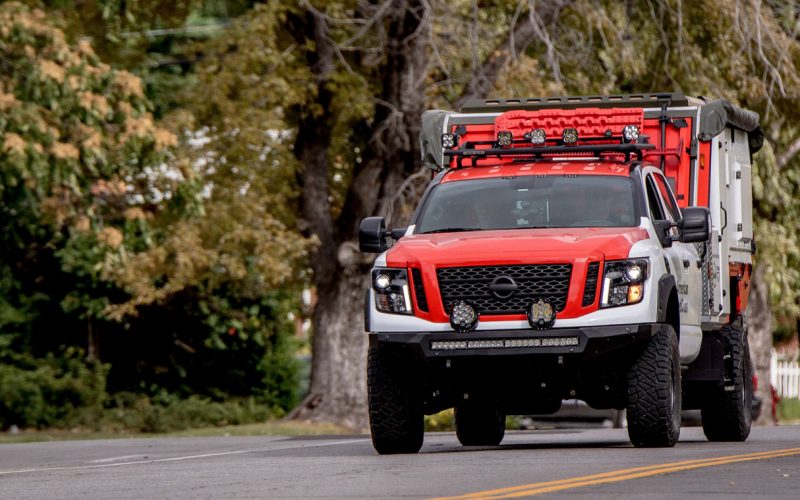
Reading Time: 4 minutesAnyone familiar with the new Nissan Titan already knows it’s one seriously capable full-size truck, which
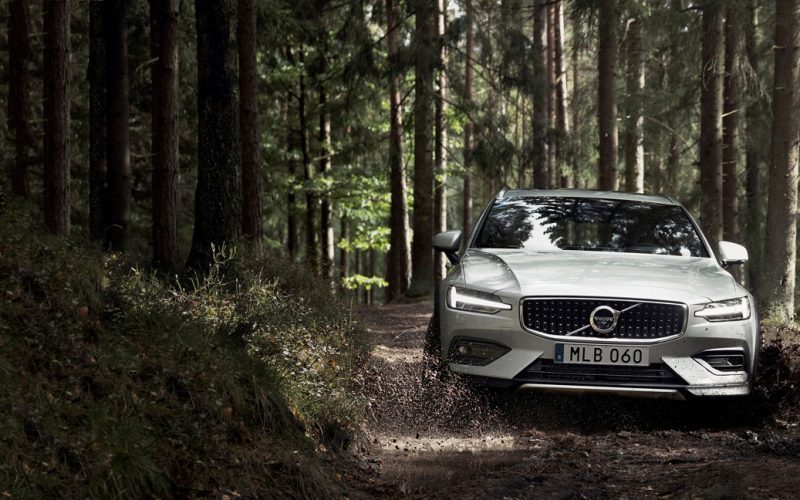
Reading Time: 3 minutesPolestar is Volvo’s new plug-in electric division that will soon bring its own Polestar 1 sports
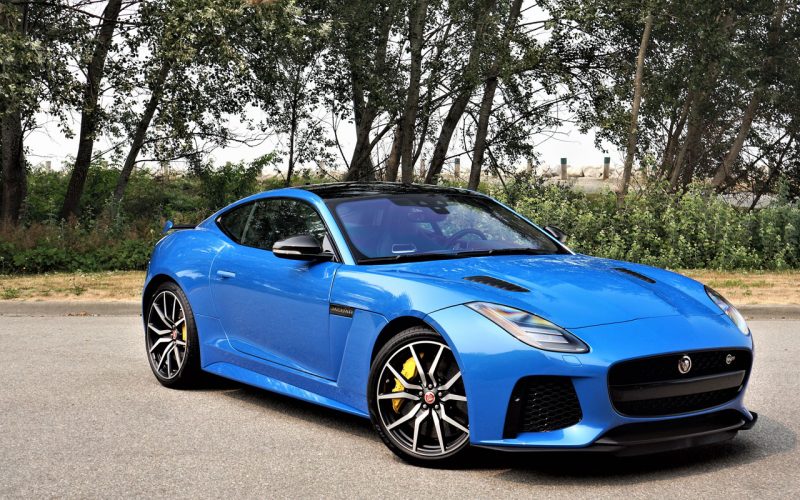
Reading Time: 9 minutesMost of the “important” Jaguar F-Type news centered around two new trims for 2018, and despite
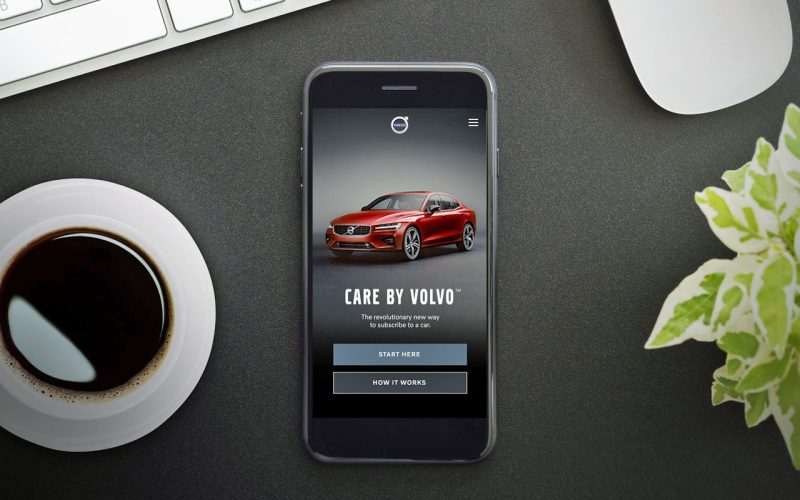
Reading Time: 3 minutesVolvo is enjoying a major upswing in popularity this year, all because of its fully renewed
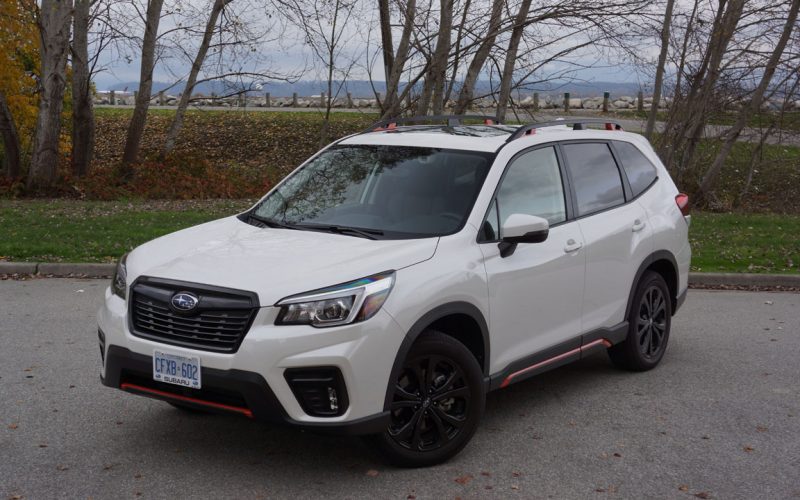
Reading Time: 10 minutesFull disclosure: orange is one of my favourite colours. I painted my bathroom and even my
© 2025 The Car Magazine. All Rights Reserved, Privacy Policy | Terms of Use